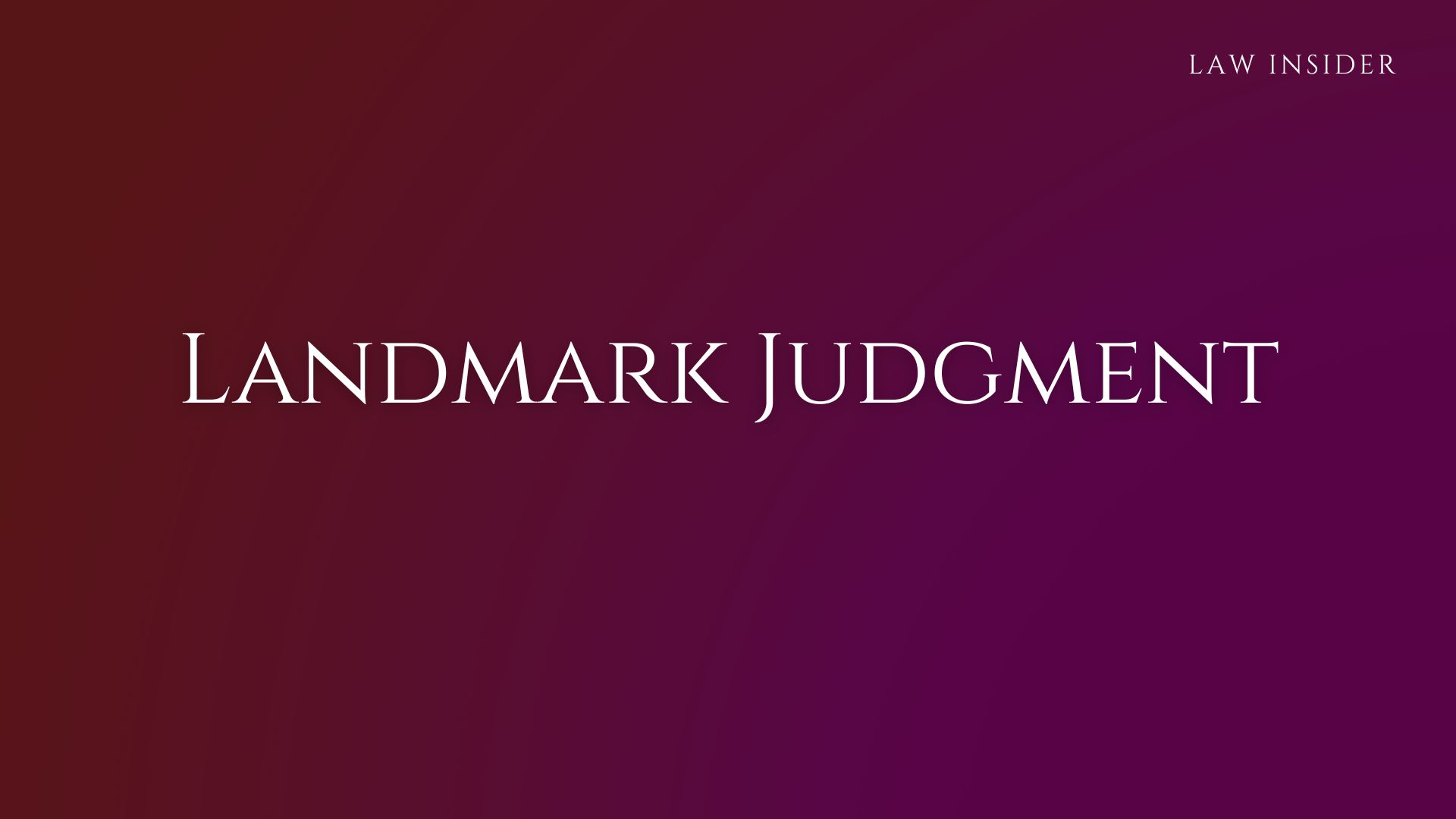Published on: November 25, 2023 at 14:17 IST
Court: High Court of Delhi
Citation: Surinder Kumar Bajaj V. Surinder Kumar Bajaj (2009)
Honourable High Court of Delhi has held that witness during cross examination can be confronted with documents which are not on record of the Hon’ble Court. It is held that to impeach the credibility of a witness or to expose inconsistencies / falsehood, a witness, during cross examination, can be confronted with a document. Such documents are not required to be filed with the plaint or the written statement and can be shown to the witness for the first time during cross examination.
6. Order 7 Rule 14(3), Order 8 Rule 1A(4) and Order 13 Rule 1(3) all provide that the rule for filing a document alongwith pleadings and/or before the settlement of issues does not apply to documents with which a witness may be confronted in his cross examination. The question which arises is as to with what documents a witness can be confronted; whether with those mentioned in Sections 144 and 145 of the Evidence Act only or with others also. In the opinion of this court, no limitation can be placed on the documents which can be confronted to the witness.
The present case itself gives a classic illustration in this regard. The witness is an architect who claims to have inspected the property and reported that the tenants have carried out unauthorized changes in the property and which changes have lowered the value, utility or security of the building.
The endeavour of the cross examining party would be to falsify the said report. The same can be done by showing to the said witness the photographs or other material which would run contrary to the testimony or report of the said witness. Such material would not necessarily be one to which the witness would be a signatory or a scribe.
The said material can be in the form of photographs and from the replies of the witness to the said material it can be established whether the witness has visited the property or not and has inspected the same or not and whether his reporting is correct or not. For instance if the witness has deposed as to the weakening of the structure by removal of a wall and if from the photograph it is apparent that the wall was merely the partition wall and the structure is otherwise supported by pillars and beams then I see no reason why such photographs cannot be shown to the witness and/or why he cannot be confronted with the same.
Drafted By Abhijit Mishra

